Review: Pantech Laser
The Laser has two basic menu modes: One for when the device is closed, and one for when the device is open.
When closed, the Laser uses a menu system similar, but not identical, to the Pantech Pursuit. There are three home screens, each of which appears to be constrained to a specific set of tasks. The central home screen displays a giant clock and will show missed message alerts. That seems to be about it. One of the secondary screens is for application/setting shortcuts. The shortcut icons are of a predetermined shape and size, and a maximum of twelve will fit into two columns. These can be added and deleted at will. Take the same concept and apply it to contacts for the third home screen. Users can add a shortcut to their favorite contacts on this last screen. The three basic ideas here are: Apps, Alerts, and Contacts.
At the bottom of the screen, a dock persists on all three home screens that allows for access to the dial pad, the full contact app, messages and the main menu. The main menu is a standard grid, though there are also three side-by-side menu screens. What I like about this is that AT&T has almost eliminated the use of folders. There are only two: MyStuff, and Pictures. Every other application and service on the phone gets its own spot in the main menu. This really cuts down on the time it takes to find things. But that doesn't mean the main menu is organized. It's not.
Apps, tools, and settings are tossed in there completely at random. They are not in alphabetical order, can't be rearranged, and can't even be sorted into a list view. The menu appears to be stuck just the way it is when you first pull it out of the box. Any apps added to the phone land either in the Apps Center or the MyStuff folder (AT&T's catch-all for user content).
The user interface elements within most of the apps themselves make sense. Having the physical Back key also goes a long way toward digging back out if you've wandered deep into the phone's systems.
With the slider up, the three home screens vanish completely and are replaced by shortcuts to the Laser's messaging apps, such as IM, email, Facebook, Twitter, etc. There remains an on-screen button for the main menu and home screens, but access to the phone goes away. This makes sense, as the only reason to open the Laser up is to access the QWERTY for messaging. The one bummer, perhaps, is that users can't access their contact shortcuts any more. They can still open the full contact app, but losing access to the shortcuts stings a little.


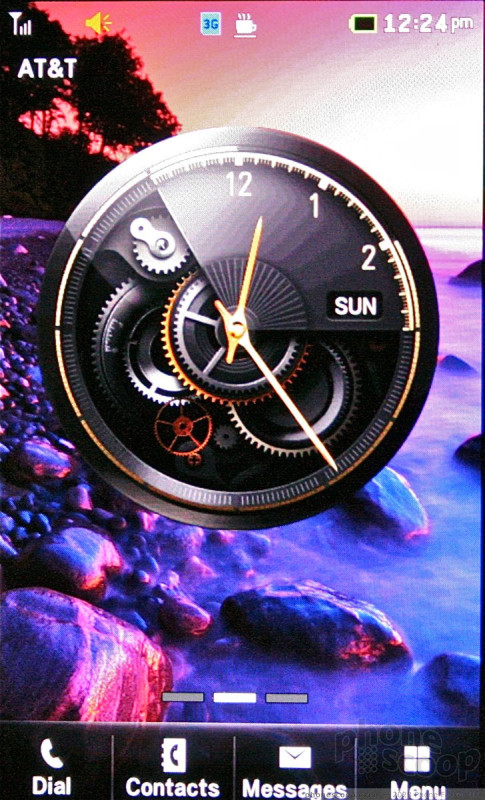






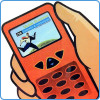 CTIA Fall 2010
CTIA Fall 2010
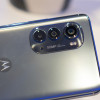 Hands On with the Motorola edge (2022)
Hands On with the Motorola edge (2022)
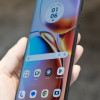 Hands On with the Motorola edge+ (2023)
Hands On with the Motorola edge+ (2023)
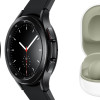 Samsung Updates Watch, Buds
Samsung Updates Watch, Buds
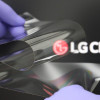 LG Develops Better Material for Foldable Displays
LG Develops Better Material for Foldable Displays
 Pantech Laser
Pantech Laser



